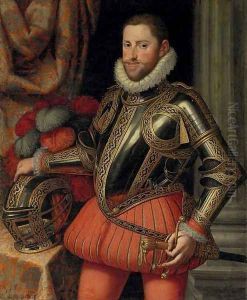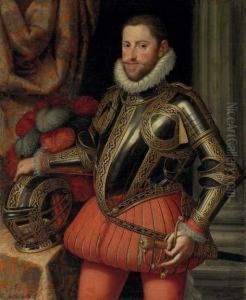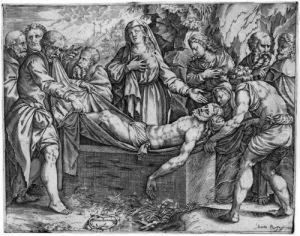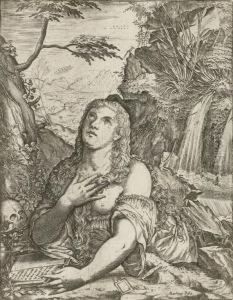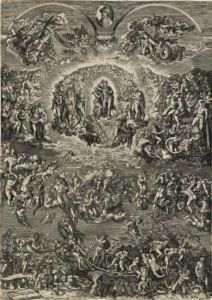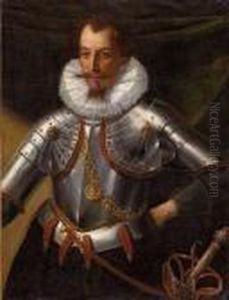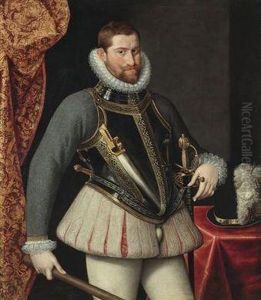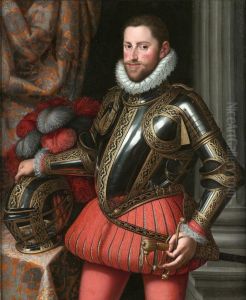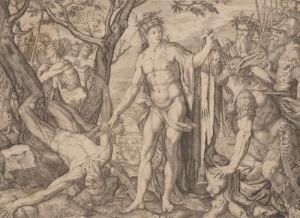Martino Rota Dalmatia Paintings
Martino Rota, also known as Martin Rota or Martin Rota Kolunić, was a notable engraver and medallist from Dalmatia, which at the time was part of the Republic of Venice and is today Croatia. Born around 1520 in Šibenik (Sebenico), Rota showed an early talent for art and went on to train in the craft of engraving. His work was influenced by the styles prevalent during the Renaissance period.
In his early career, Martino Rota worked in his native Dalmatia and Venice before moving to Rome around 1540. There, he became part of the circle of artists surrounding the eminent architect and painter Giulio Romano. Working in Rome allowed Rota to be exposed to the works of other great artists of the time, such as Michelangelo and Raphael, whose works he sometimes reproduced as engravings.
Around 1560, Rota moved to Vienna, where he worked for the Habsburgs. He became a court engraver to Emperor Maximilian II and later to Rudolf II. His works during this period included portraits of nobility, religious themes, and various other subjects. He was particularly known for his mastery in engraving, which allowed for a high level of detail and sophistication in his prints.
Rota's engravings were not limited to reproductions of other artists' works; he also created original compositions. His style is characterized by a precise and meticulous approach, which was well-suited to the intricate designs of the late Renaissance.
Sadly, details about Rota's personal life are scarce, and much of what we know about him today is derived from his surviving works. Martino Rota passed away in 1583 in Vienna, leaving behind an oeuvre that continues to be appreciated for its contribution to the art of engraving during the Renaissance.
